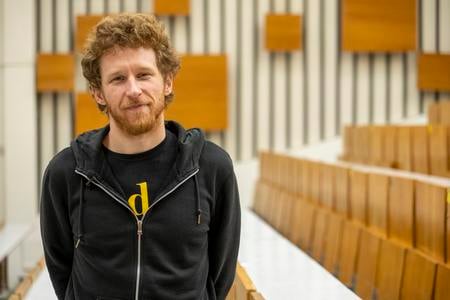According to a new quarterly report CEDMO Trends, this March Slovaks allegedly encountered more fake news than true news for the first time since August 2023 when surveys began to be carried out. The first round of presidential elections took place later in March.
In addition to Slovakia, the report also covers the Czech Republic and shows how many people are reached by disinformation narratives and how many found them credible.
While in the Czech Republic the most widespread false narrative reached 45 percent of the population, in Slovakia it was 58 percent. When it comes to how much people trust them, both countries are rather similar; between 11 to 58 percent of Czechs and 10 to 55 percent of Slovaks found them credible.
The narratives mainly focused on domestic politics and the war in Ukraine, with some anti-EU and anti-NATO takes as well.

Disinformation about Korčok
In January, fake news that presidential candidate Ivan Korčok held a US passport, making him a US citizen and thus a US agent, reached more than 25 percent of Slovaks. About the same number of people found the claim credible. In February the claim continued to spread, but this time with the addition that Korčok was collaborating with the Czechoslovak secret police (ŠtB). The narrative had a reach of 45 percent and credibility of 36 percent.
When it comes to Ukraine, reports that the war was being waged only in the eastern part of the country had a reach of 58 percent and credibility of 37 percent.
There were also false claims that Slovak soldiers would be deployed to Ukraine, which PM Robert Fico was allegedly trying to prevent, thus putting him at a risk of removal from office (reach 53 percent, credibility 40 percent).
Disinformation: Hockey
One piece of fake news concerned Slovak hockey player Július Hudáček, who was sacked two days after signing a contract with the Czech club HC Rytíři Kladno. According to the narrative, former player and club owner Jaromír Jágr was pressured to do so by media, NGOs and sponsors. Hudáček played in the Russian KHL, for which he was criticised.
CEDMO Trends Slovakia
CEDMO Trends SR runs for 24 months. CEDMO has been conducting the research in Slovakia from August 2023 in cooperation with IPSOS agency and with financial support from Google on a representative sample of more than 1,900 respondents over 16 years of age.


 A false report circulated in Czechia and Slovakia that the World Health Organisation (WHO) and the EU had entered into a pandemic treaty that gives the WHO the power to enforce mandatory vaccination and mandatory quarantines in the event of a pandemic. In the Czech Republic, 13 percent of the population was affected by this information, and 24 percent in Slovakia. (source: Pixabay)
A false report circulated in Czechia and Slovakia that the World Health Organisation (WHO) and the EU had entered into a pandemic treaty that gives the WHO the power to enforce mandatory vaccination and mandatory quarantines in the event of a pandemic. In the Czech Republic, 13 percent of the population was affected by this information, and 24 percent in Slovakia. (source: Pixabay)